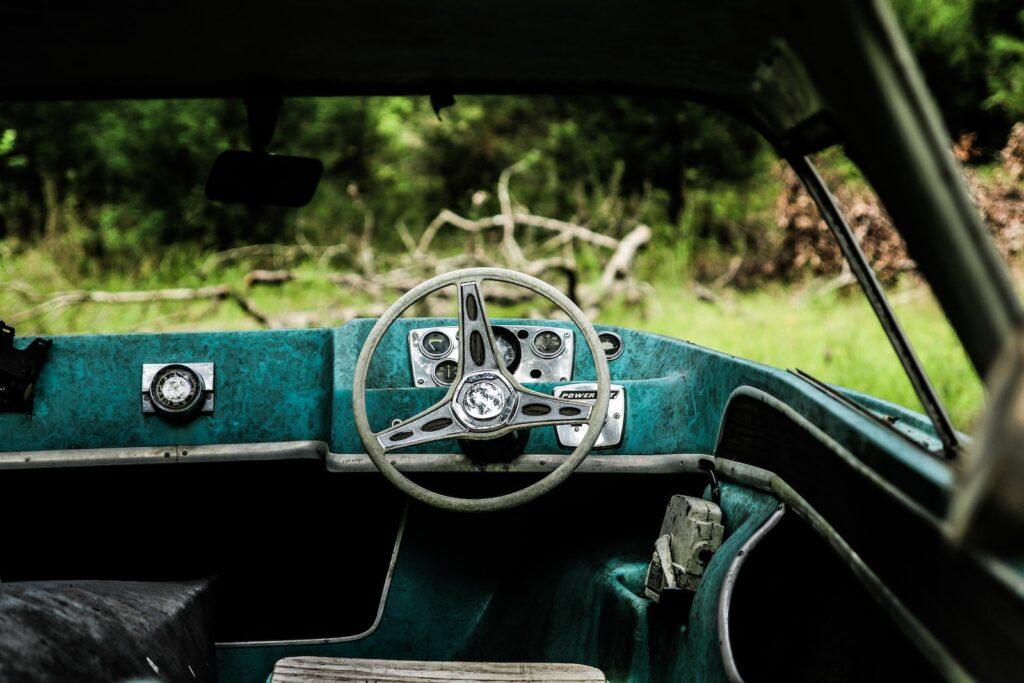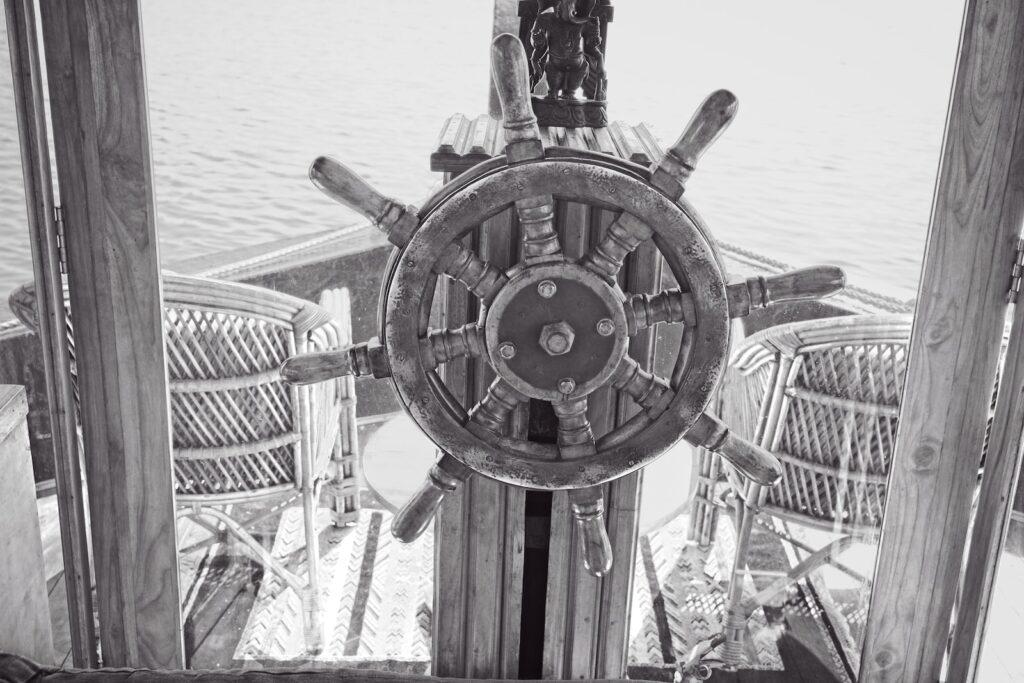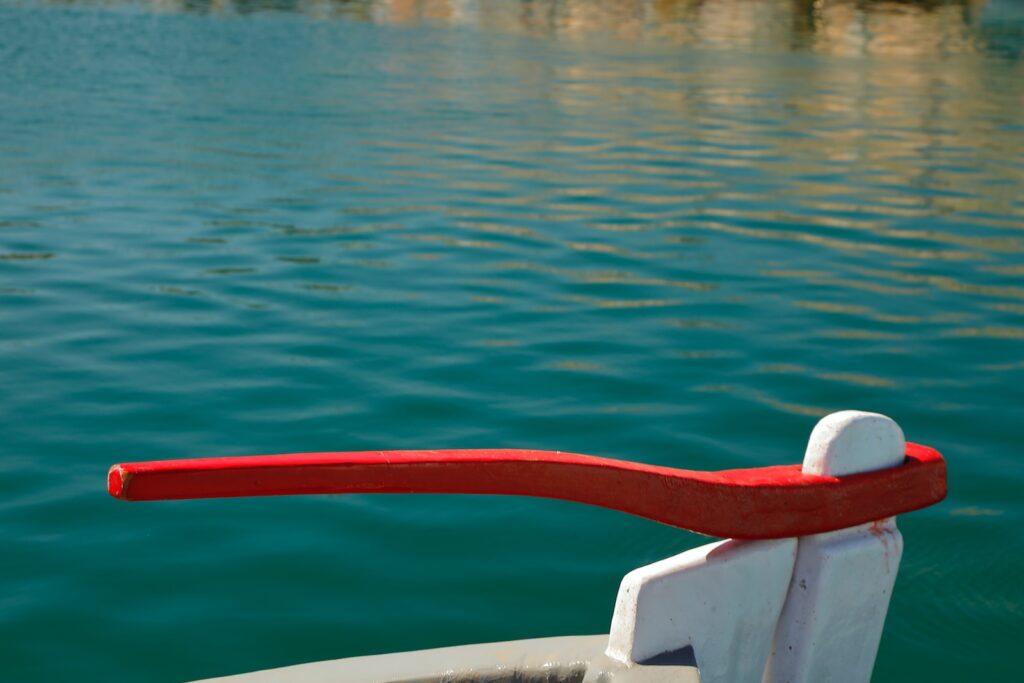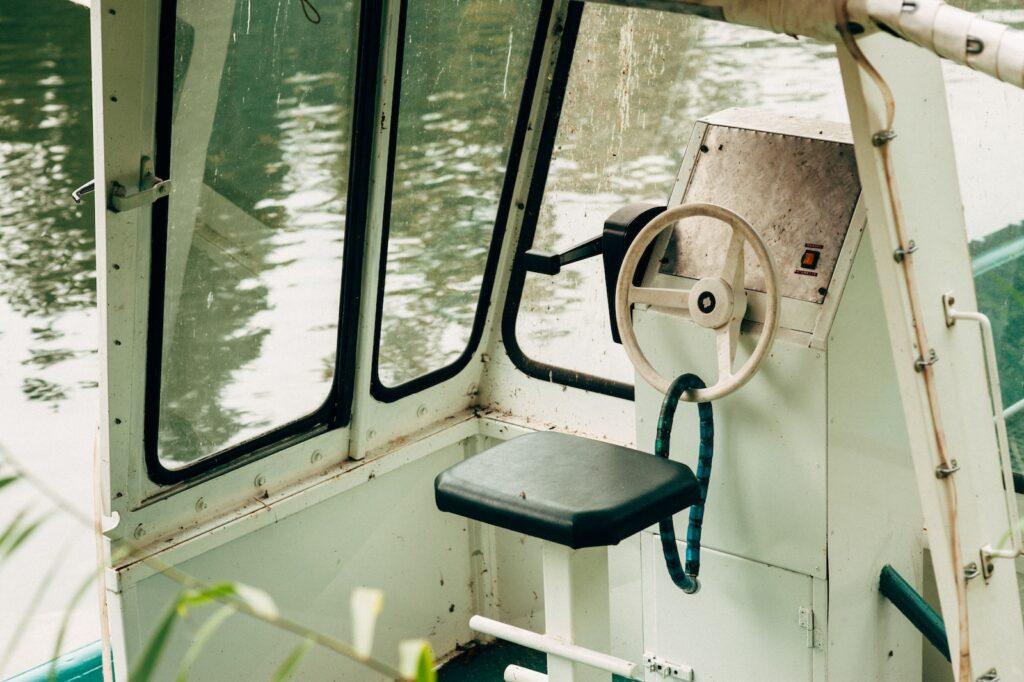Types of Boat Steering Systems
Steering a boat is an important part of maintaining control over the vessel. To ensure a smooth and safe ride, it’s important to have the right boat steering system in place. There are several different types of boat steering systems available, each with its own unique advantages and drawbacks. In this article, we’ll explore the various types of steering systems and discuss which option may be best for you.
Key Takeaways:
- Boat steering systems vary widely, ranging from simple tiller steering for smaller vessels to more complex hydraulic or joystick systems for larger and high-performance boats. The choice of system often depends on the boat’s size, propulsion method, and intended use.
- These systems employ various mechanisms such as tillers, wheels, cables, hydraulics, rack and pinion gears, and joysticks to translate the operator’s input into the desired steering action. The mechanism used is tailored to the boat’s design and handling requirements.
- Steering systems are chosen based on the boat’s application. For instance, smaller boats might opt for tiller or cable steering due to their simplicity and cost-effectiveness, while larger or more sophisticated vessels often employ hydraulic or joystick systems for enhanced control and maneuverability.
- Regular maintenance and proper care are crucial for all steering systems to ensure safe operation. Additionally, selecting a steering system that suits the boat’s size, handling characteristics, and the operator’s preferences contributes significantly to the overall boating experience, comfort, and safety.
What are the types of steering systems for Boats
The two main types of steering systems for boats are mechanical and hydraulic. Mechanical steering systems use rods and cables to connect the steering wheel to the rudder, while hydraulic steering systems use hydraulic rams and pumps to control the movement of the rudder. Both types of steering systems have advantages and disadvantages. Mechanical steering systems are easier to maintain and are less expensive to repair, while hydraulic steering systems are more powerful and require less force on the steering wheel to maneuver the boat.
- Mechanical Steering: a system of cables and pulleys that connect the steering wheel to the rudder.
- Hydraulic Steering: a system of hydraulic cylinders that link the steering wheel to the rudder.
- Electro-Hydraulic Steering: a system of electric motors and hydraulic cylinders that link the steering wheel to the rudder.
- Joystick Steering: a system of electronic joysticks that control the rudder.
- Autopilot Steering: a system of computers and sensors that control the rudder.
Other types of them include cable steering, tiller steering, and joystick steering. Cable steering is the simplest and most common type of steering system and uses cables and pulleys to connect the steering wheel to the rudder. Tiller steering uses a tiller arm, which is a long lever attached to the rudder, to control the boat’s direction. Joystick steering uses a joystick to control the boat’s direction and can often be found on larger recreational boats. Each type has its own advantages and disadvantages and it is important to understand them before making a decision about which system is best for a particular boat.

Rudder-Based Steering Systems
Rudder-based steering systems are the most common type of boat steering system. This system uses a rudder, which is a flat piece of material that is attached to the back of the boat. The rudder is controlled by a steering wheel or a lever, which is connected to a tiller or other form of control. Rudder-based systems are easy to use, reliable, and relatively inexpensive. However, they do require more effort to turn the boat and there is a greater risk of the rudder getting stuck or trapped in the water.
Pros of Rudder
- Easy to use.
- Reliable.
- Inexpensive.
Cons of Rudder
- Require more effort to turn the boat.
- Greater risk of the rudder getting stuck or trapped in the water.
Hydraulic Steering Systems
Hydraulic steering systems use a hydraulic pump to move the rudder. This system is more expensive than the rudder-based system, but it is easier to use and requires less effort to turn the boat. They are also more reliable and durable than rudder-based systems, as the hydraulic pump is less likely to become stuck or trapped in the water.
Pros of Hydraulic Steering Systems
- Easier to use.
- Requires less effort to turn the boat.
- More reliable and durable.
Cons of Hydraulic Steering Systems
- More expensive.
- May require more maintenance.
Outboard Motors
Outboard motors are a type of boat steering system that uses a motor to propel the boat forward. They are typically more expensive than rudder-based or hydraulic systems, but they are much easier to use and require less effort to turn the boat. Outboard motors are also more reliable and durable than the other systems.
Pros of Outboard Motors
- Easier to use.
- Requires less effort to turn the boat.
- More reliable and durable.
Cons of Outboard Motors
- More expensive.
- May require more maintenance.
Tiller — Based Steering Systems

Tiller systems use a tiller, which is a lever that is connected to the rudder. This type of system is less expensive than the other systems, but it requires more effort to turn the boat. Tiller-based systems are also more likely to become stuck or trapped in the water than the other systems.
Pros of Tiller
- Less expensive.
Cons of Tiller
- Requires more effort to turn the boat.
- More likely to become stuck or trapped in the water.
Joystick Steering Systems
Joystick steering systems are a newer type of boat steering system. This system uses a joystick or lever to control the boat. Joystick systems are more expensive than the other systems, but they are much easier to use and require less effort to turn the boat.
Pros of Joystick Steering Systems
- Easier to use.
- Requires less effort to turn the boat.
Cons of Joystick Steering Systems
- More expensive.
- May require more maintenance.
Which System is Best?
When choosing a boat steering system, it’s important to consider your needs and budget. Rudder-based systems are the most affordable option, but they require more effort to turn the boat. Hydraulic, outboard motor, and joystick systems are more expensive, but they are much easier to use and require less effort to turn the boat. Tiller-based systems are the least expensive option, but they are more likely to become stuck or trapped in the water.
If you’re looking for an affordable option that is easy to use, a rudder-based system may be your best bet. If you’re looking for a more reliable and durable system, a hydraulic, outboard motor, or joystick system may be the best option. You can see if You know to make center console boat cover.
No matter which type of system you choose, it’s important to take the time to research your options and make sure you’re making the best decision for your boat. With the right system in place, you’ll be able to enjoy a smooth and safe ride.
Maintenance Tips for Boat Steering Systems

No matter which type of boat steering system you have, it’s important to take the time to properly maintain the system. Regular maintenance will ensure that your system is functioning properly and will help to prolong the life of your system. Here are some tips for maintaining your boat steering system:
Check the Rudder
If you have a rudder-based system, it’s important to regularly check the rudder for signs of wear and tear. Look for any cracks, chips, or other signs of damage that could affect the rudder’s performance. If you notice any damage, it’s important to have it repaired or replaced as soon as possible.
Check the Hydraulic Pump
If you have a hydraulic steering system, it’s important to regularly check the hydraulic pump for signs of wear and tear. Look for any leaks, clogs, or other signs of damage that could affect the system’s performance. If you notice any damage, it’s important to have it repaired or replaced as soon as possible.
Check the Motor
If you have an outboard motor, it’s important to regularly check the motor for signs of wear and tear. Look for any cracks, chips, or other signs of damage that could affect the motor’s performance. If you notice any damage, it’s important to have it repaired or replaced as soon as possible.
Check the Tiller
If you have a tiller-based system, it’s important to regularly check the tiller for signs of wear and tear. Look for any cracks, chips, or other signs of damage that could affect the tiller’s performance. If you notice any damage, it’s important to have it repaired or replaced as soon as possible.
Check the Joystick
If you have a joystick steering system, it’s important to regularly check the joystick for signs of wear and tear. Look for any cracks, chips, or other signs of damage that could affect the joystick’s performance. If you notice any damage, it’s important to have it repaired or replaced as soon as possible.
Check the Control Lines

Check the control lines for signs of wear and tear. Look for any fraying, kinking, or other signs of damage that could affect the system’s performance. If you notice any damage, it’s important to have it repaired or replaced as soon as possible.
Check the Connections
Regularly check the connections for signs of wear and tear. Look for any corrosion, rust, or other signs of damage that could affect the system’s performance. If you notice any damage, it’s important to have it repaired or replaced as soon as possible.
Perform Regular Inspections
Perform regular inspections of your boat steering system to ensure that it is functioning properly. During these inspections, look for any signs of wear and tear, as well as any signs of damage or malfunction. If you notice any issues, it’s important to have them addressed as soon as possible.
FAQs
What is the simplest type of steering mechanism for a boat?
The simplest type of steering mechanism for a boat is a rudder. A rudder is a flat piece of material attached to the back of the boat that is used to change the direction of the boat when it is in the water. The rudder is connected to a steering wheel or tiller which is used to move the rudder and ultimately change the direction of the boat.
Rudders are typically very reliable and require minimal maintenance, making them the simplest type of steering mechanism for a boat. Additionally, they can be adjusted to suit different conditions such as wind and waves. They are also quite affordable, making them an ideal choice for smaller boats or those on a budget.
What are the different types of ship’s steering gears?
The different types of ship’s steering gears include mechanical steering gear, electro-hydraulic steering gear, and a combination of the two. Mechanical steering gear uses a system of levers and cranks, while electro-hydraulic steering gear uses electric power to operate hydraulic pumps to move the rudder. The combination of the two is a hybrid system that combines the responsiveness of mechanical steering gear with the power and efficiency of electro-hydraulic steering gear.
What is the mechanism of steering on a boat?
The mechanism of steering on a boat involves a rudder attached to the stern of the boat, which is connected to a steering wheel or other control device inside the boat. When the wheel is turned, it moves the rudder, which in turn causes the boat to turn in the desired direction. Some boats have an additional auxiliary steering system that can help in situations where the main steering is not functioning properly.
